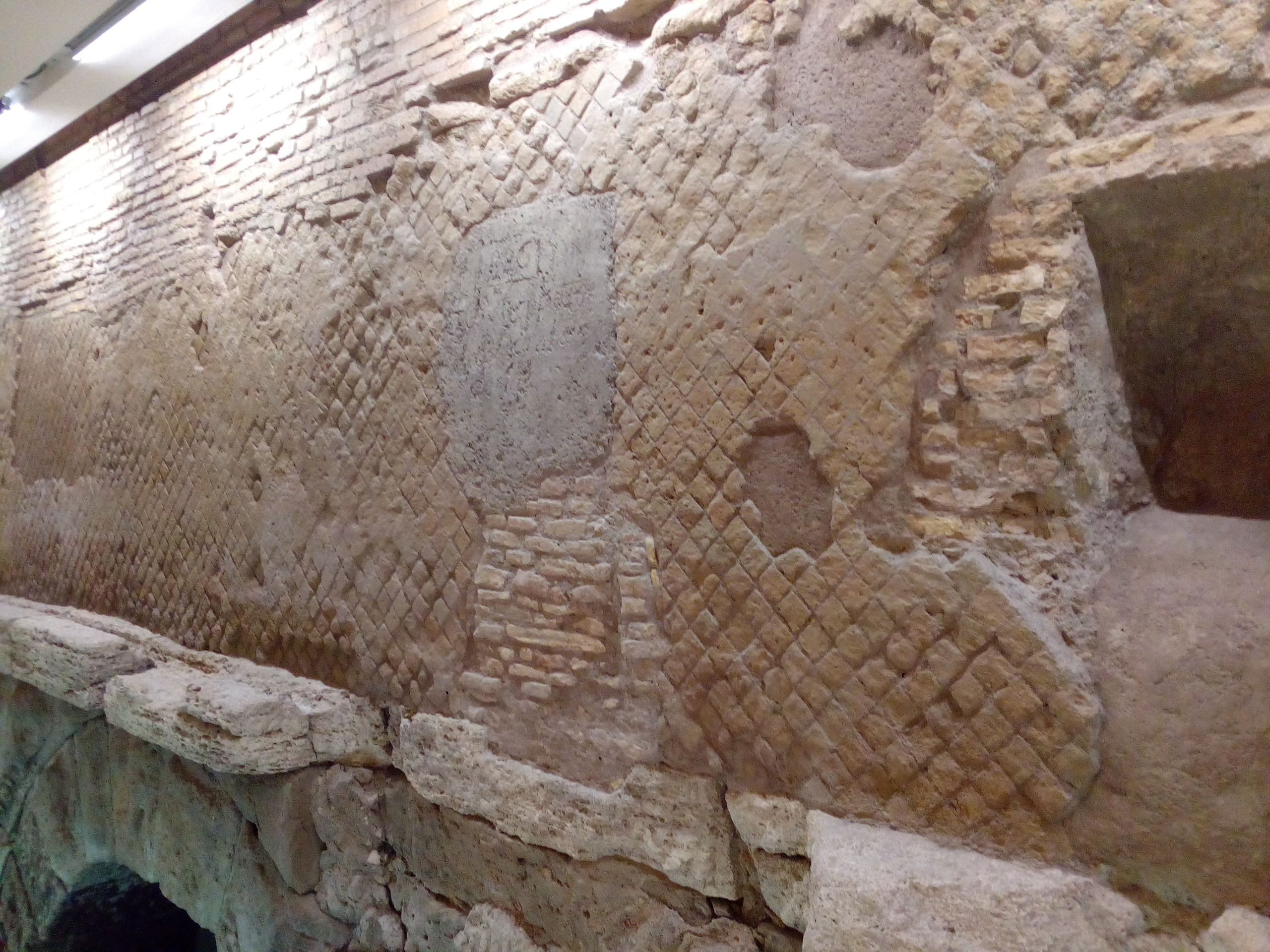


If you go to the new Rinascente store in Rome, but you want to do everything except shopping, I suggest to go downstairs in order to admire something that, as a result of the excavations for the modernisation of the palace, came out from the ground: a long portion, approximately 100 metres, of the Aqueduct of the Virgin, the only true roman aqueduct still functioning (although mainly to monuments and fountains such as the Trevi Fountain).
The aqueduct was inaugurated by Augustus at the 19 b.C. but in reality, the engineering feat can be attributed only to Agrippa, his friend and general, trusty man too (as well as son-in-law). But not only that, because Agrippa held numerous public offices, and a lot of them could ensure the right visibility to the reign of Augustus, making him, in the eyes of the Romans, a man capable of ensuring the well-being of the people, especially of the lower classes. In full roman-style, and in this particular political context, Agrippa wanted to make a self-exaltation, giving a big boost to the propaganda for the emperor himself. And what better way than to build a new aqueduct, bringing fresh water to the ever thirsty city of Rome? The Aqueduct of the Virgin has aquifers and springs originate in the area of Salone, to the south-east of Rome. Running for about 20 kilometers, of which long underground tunnels (a way to avoid that enemies could destroy it), the aqueduct reached up to the area of Campo Marzio, where currently is located the Pantheon. The famous roman monument was made by Agrippa, who, among other things, built in the surroundings other impressive buildings such as a basilica and a thermal plant, both dedicated to Neptune. Just to feed those that are considered to be the first, true and large, public baths of Rome, Agrippa wanted to channel the water coming from the Salone.
The path of this ancient aqueduct is very tortous because it is passed through and around the hills of Rome. Un underground path that is still today is partially walkable for what remains, withou any doubts, one of the symbols of the ancient Rome. Keep in mind how the roman engineering was impressive for us, for the modern people. And again imagine how we can be surprised to have something like that in a contemporary building where the core business is not archeology but shopping...



